Iceland – Day 2 -The Golden Circle
After a good nights sleep we were up early and went down for the continental breakfast opening at 7:30. The hotel puts on a good spread; anything from oatmeal, cold cereals and granola with milk or yogurt, cold cuts, breads, hard boiled eggs, pastries, an awesome berry mix to put on your yogurt or cereal and more! Of course this is all swilled down by some great coffee. I have to say, everywhere we went in Iceland had good coffee!
Our plan for the day was to drive the Golden Circle. This is a scenic route quite close to Reykjavik, encompassing some stunning landmarks and historical places. There are geysers, waterfalls, hot springs, volcanic craters and the UNESCO World Heritage Site, Þingvellir National Park.
The trouble is, when you’re looking at the map, things here don’t look that far and actually really aren’t. However, when you get to these places you want to take time to really explore, see everything and take it all in. The hours pass by quickly and the day disappears. This, along with exhausting ourselves, would become a regular theme of the Iceland trip.
Þingvellir National Park
Þingvellir National Park is truly one of the more spectacular places to visit in Iceland not only for amazing scenery, but for its historical significance. It is also a UNESCO World Heritage Site. Here is what the Þingvellir National Park’s website has has to say about it:
“No single place epitomizes the history of Iceland and the Icelandic nation better than Þingvellir by the river Öxará. At Þingvellir – literally “Assembly Plains” – the Alþing general assembly was established around 930 and continued to convene there until 1798. Major events in the history of Iceland have taken place at Þingvellir and therefore the place is held in high esteem by all Icelanders. Today Þingvellir is a protected national shrine. According to the law, passed in 1928, the protected area shall always be the property of the Icelandic nation, under the preservation of the Alþing.”
Þingvellir is connected to the volcanic and fissure belt that runs across Iceland called the Mid-Atlantic ridge. The ridge extends north from the Arctic ocean and south along the entire Atlantic.
Þingvellir National Park is located in a 7 km wide rift valley with volcanic faults on either side. The greatest attractions in the park are the exposed North American and Eurasian tectonic plates. It is one of the only regions in the world where you can see geology such as this on land.
Highlights of Þingvellir National Park
The Visitor Centre. Here you can see an interactive exhibition, ‘Heart of Iceland’ where you learn about the parks rich history and nature. There is also a nice gift shop. (Yay … gift shops!)
The Almannagjá Fault on the east side of the valley is near the visitor centre and is an easy stroll with some worthwhile views and a path that takes you between the two tectonic plates.
The Öxarárfoss Waterfall is an easy hike from the Almannagjá fault. There’s a boardwalk bringing you right up to the waterfall.
Lake Þingvallavatn is the largest natural lake in Iceland, about 84 square kilometers. The deepest part of the lake is 114 meters, which means it actually decends below sea level. The water in the lake is very cold and very clear, so snorkeling and diving are popular. Silfra, one of the fissures in the northern part of the lake, is one of the most popular diving spots in Iceland with outstanding visibility.
Lögberg or Law Rock is a rocky outcrop in the Almannagjá Fault that was the location for the assembly of the country’s Alþing or Althing parliament. The area was chosen because of its easy access from the populated areas of southwest Iceland and likely, it’s stunning beauty!
The park also includes Þingvellir Church and the adjacent farm which are remains of agricultural use from the 18th and 19th centuries. The church was built 1859. The oldest part of the houses next to the church were built in 1930. They were eventually used as an office for the park´s supervisor but today they are the official summer residence for Iceland´s prime minister.
Haukadalur Geothermal Area & Geysir Strokkur
Next on the Golden Circle route is the Haukadalur geothermal area, which boasts an abundance of hot springs and geysers. This valley of hot springs is also home to translucent blue pools, mud pots, and beautiful exotic-color mineral ponds. Wandering around the area, you can spot several little geysers and small natural steam vents. Also located here is Geysir Strokkur, a fountain-type geyser. It is the most active geyser in Iceland and erupts naturally every 4-10 minutes. It usually erupts up to 15 or 20 meters (49-65,6 ft).
Gullfoss
Gullfoss or “Golden Falls” is located in the canyon of the Hvítá River. It is one of the Iceland’s most iconic and popular waterfalls. The Hvítá River flows from the Langjökull glacier before cascading 32 meters (105 feet) down Gullfoss’ two stages into the Gullfossgjúfur canyon in a spectacular display of nature’s raw power. The walls of the canyon reach heights of 70 meters (230 feet).
A lot of people visit these falls and the paths to the falls are usually choked with them. There is a huge reception building with a very large gift shop (yay!) and a restaurant. The falls can be observed from a view point on the upper rim of the canyon at the parking level; or you can hike down a large staircase which leads to the edge of the lower canyon and to a trail which leads to the upper cascade.

The lower cascade of Gullfoss plunging into the Gullfossgjúfur canyon – you can see the upper viewing platform at the top right
Icelandic Horses
Leaving Gullfoss, we noticed some Icelandic horses in a pasture near the road. It was definitely an opportunity to grab some photos of these iconic animals. Iceland horses are everywhere. No matter where you drive in Iceland you will see herds of these unique animals. They do ask that you not bother the horses by approaching them or trying to feed them, but some enterprising farmer had set up a small stall here where you could buy bags of alfalfa, something tasty and healthy you could feed the horses.
Icelandic horses are a breed of horse developed in Iceland. The horses are small and many people mistakenly call them ponies, but Icelanders take umbrage to that…they are horses! Icelandic horses are a long-lived and hardy breed. Their origins go back to the days of the Vikings and are one of the purest horse breeds in the world as they have been isolated on the island for over 1000 years.
Back to Reykjavik
There is more to see and do on the Golden Circle, but the day was getting late and we were getting tired, so after Gullfoss and visit with the horses we headed back into Reykjavik. As we drove through a mountain pass, we could see steam rising from vents at various spots on the mountains and in the valleys. It really makes you appreciate how much volcanic activity is happening on this Island!
Once again we were too tired to think about driving into the city center to find a restaurant so we tried to find something within walking distance again. We found Kruska right next door to the hotel.
Krúska is a restaurant that offers fresh and healthy food made from quality ingredients without any additives. It looks like a haven for vegetarians, vegans and those who eat gluten-free, but they also offer chicken and fish dishes. The food is accompanied by sides such as spelt, brown rice and salads.
Interestingly the food is preprepared and basically served out like it was a buffet and as far as we could tell, during meal time there was just one person serving and delivering food, but it seemed to work! It was good but not awesome. They did offer as much baked bread and hummus as we wanted while we waited for our order.
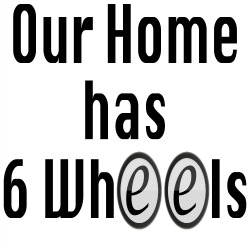




















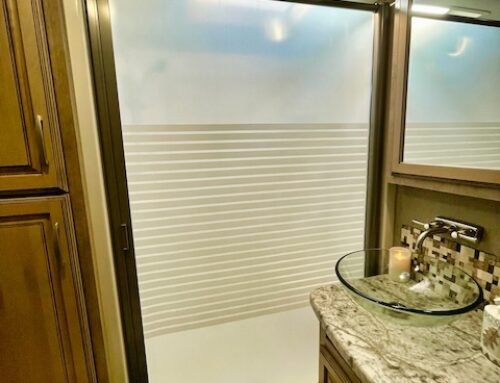
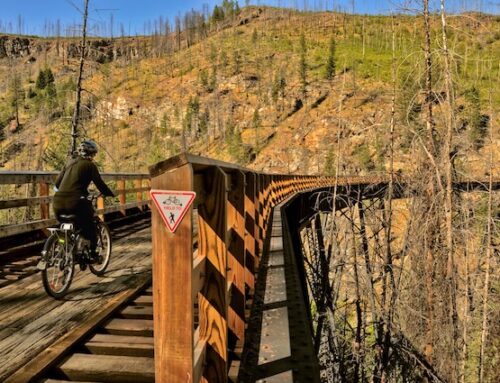
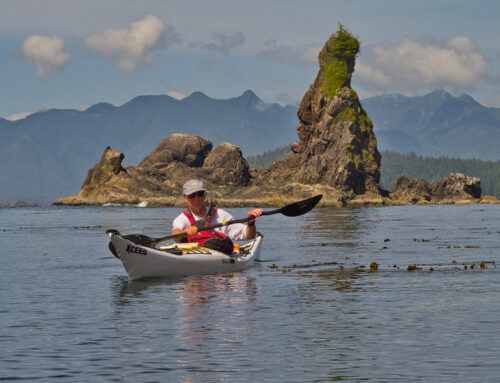
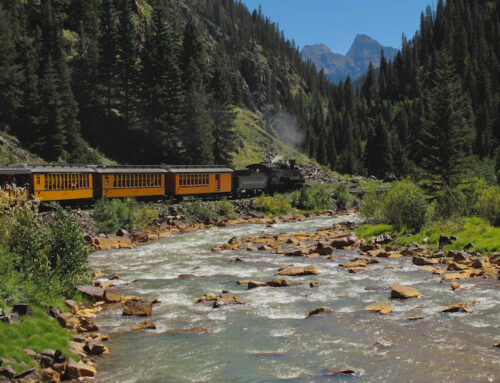
Leave A Comment